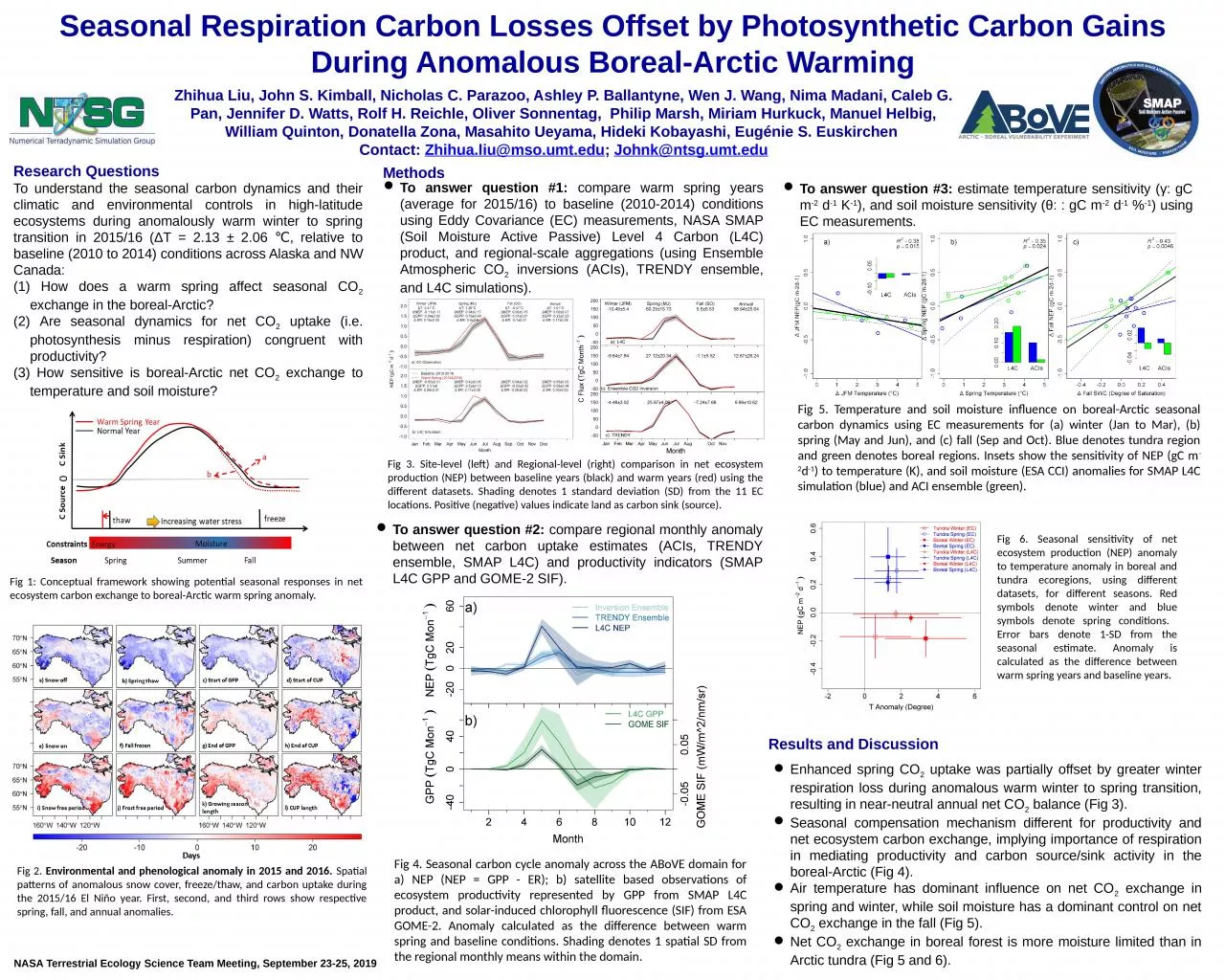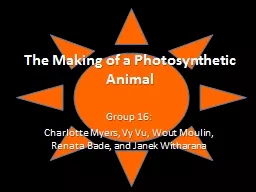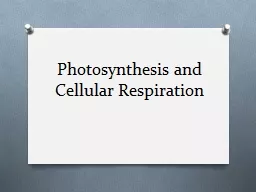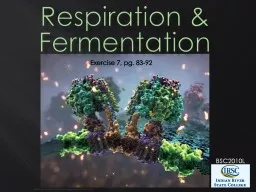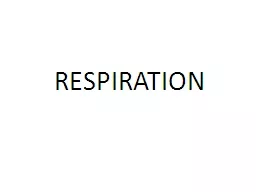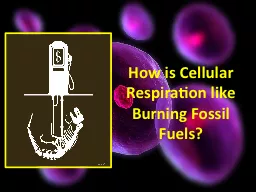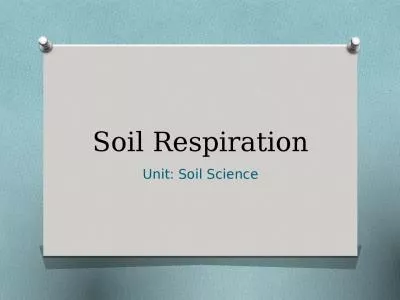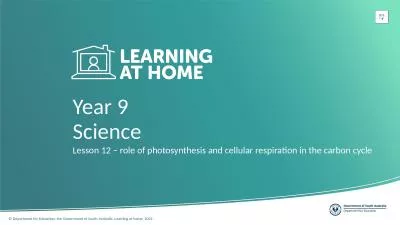PPT-Seasonal Respiration Carbon Losses Offset by Photosynthetic Carbon Gains During
Author : jainy | Published Date : 2023-10-29
A nomalous BorealArctic Warming Zhihua Liu John S Kimball Nicholas C Parazoo Ashley P Ballantyne Wen J Wang Nima Madani Caleb G Pan Jennifer D Watts Rolf H Reichle
Presentation Embed Code
Download Presentation
Download Presentation The PPT/PDF document "Seasonal Respiration Carbon Losses Offse..." is the property of its rightful owner. Permission is granted to download and print the materials on this website for personal, non-commercial use only, and to display it on your personal computer provided you do not modify the materials and that you retain all copyright notices contained in the materials. By downloading content from our website, you accept the terms of this agreement.
Seasonal Respiration Carbon Losses Offset by Photosynthetic Carbon Gains During: Transcript
Download Rules Of Document
"Seasonal Respiration Carbon Losses Offset by Photosynthetic Carbon Gains During"The content belongs to its owner. You may download and print it for personal use, without modification, and keep all copyright notices. By downloading, you agree to these terms.
Related Documents

